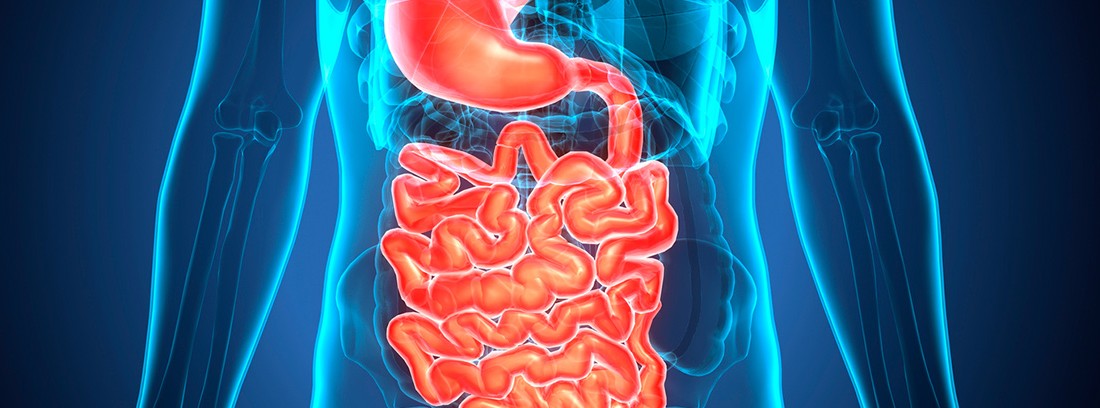Intestinal and upper gastrointestinal transit

When the portion of the digestive tract studied corresponds to the small intestine (duodenum, jejunum and ileum) we speak of intestinal transit. When the portion of the digestive tract studied corresponds to the esophagus, stomach and first portion of the small intestine, we speak of esophagogastroduodenal transit.
How is the study done?
The study is carried out in the Radiology Unit of the medical center or hospital by a radiology technician. The patient must undress the anatomical area under study and remove their personal items, especially jewelry and metal objects. Before starting the study, a drug is administered that slows down the movements of the upper digestive tract for a better visualization of intestinal transit.
Later you will have to drink a solution like a porridge that contains the barium contrast; After waiting a few minutes for the correct distribution of the contrast, the examiner will proceed to take a series of X-rays of the digestive tract with the help of the fluoroscope.
The study usually lasts 15-20 minutes.
Preparation for the study
In both studies, the patient should avoid smoking and taking exciting substances such as caffeine 48-72 hours before the study. You should avoid the intake of solid and liquid food for at least 6-8 hours before the scan.
Before the study, you must indicate if you take any type of medication. During the study you should ingest a solution with barium contrast.
In the hours following the study, the patient should drink plenty of fluids to facilitate the elimination of the contrast through the stool.
What does it feel like during and after the study?
The study is painless for the patient. Some people may perceive the intake of barium contrast as unpleasant.
Constipation may occur the following hours or days due to barium contrast, so the patient should drink plenty of fluids in the hours following the study.
Study risks
allergy to barium contrast. Exposure to ionizing radiation (X-rays).
Study contraindications
The patient should consult with his doctor before performing the study in case of:
- Pregnancy or breastfeeding
- Taking medication
- Intestinal obstruction (absence of stool emission)
- Active digestive bleeding
Reasons why the study is carried out
The study of digestive transit It is a widely known and widely used test in the field of Medicine.
It is a relatively simple and minimally invasive test that allows detecting alterations in the normal morphology of both the walls of the upper digestive tract and its lumen, such as narrowing, dilatation, benign tumors (polyps, diverticula), precancerous lesions (ulcers) or malignant tumors (carcinomas); which in the case of being observed should be studied later by using more specific tests.
Family and Community Medicine Specialist
(Updated at Apr 15 / 2024)